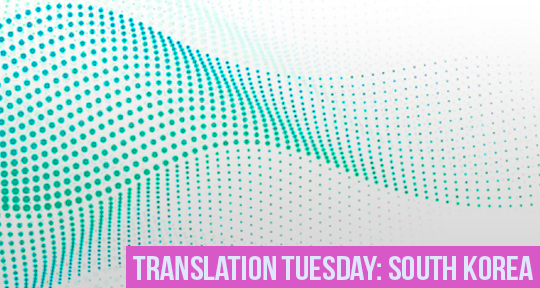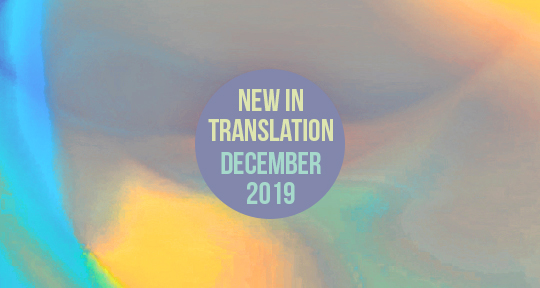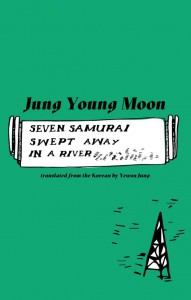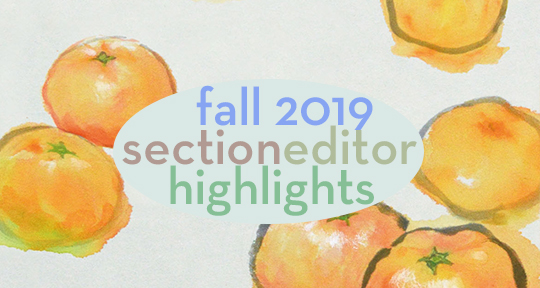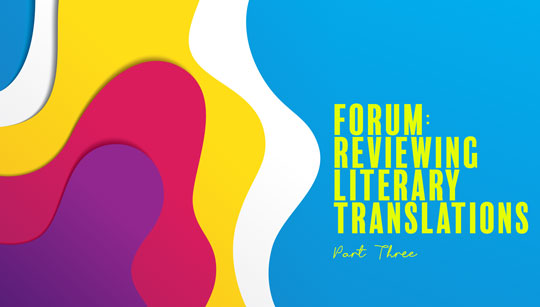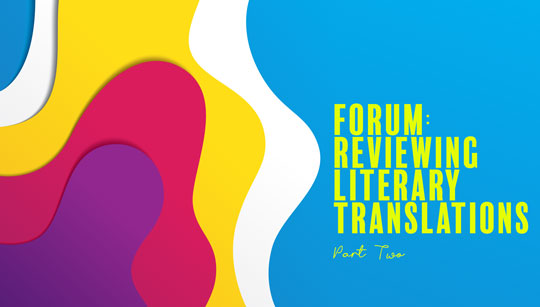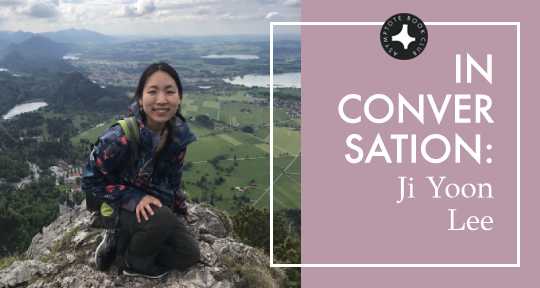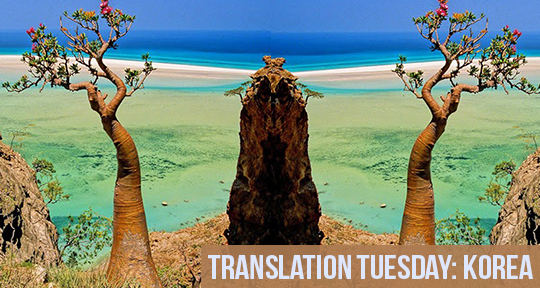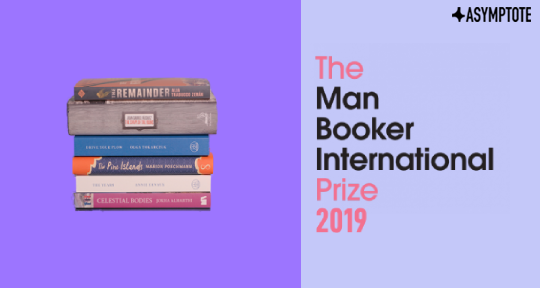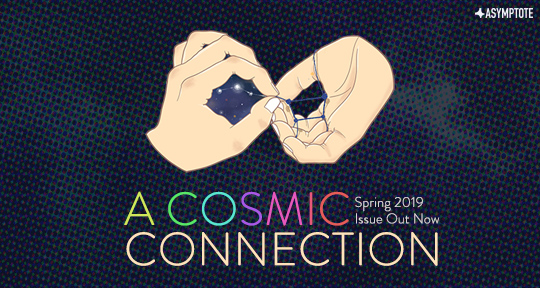This week, our editors are bringing you news from France, Japan, and Vietnam. After quiet summers in the literary world for many countries, September brings the literary scene back to life. In France, the anticipation is building ahead of the most prestigious literary prizes being awarded. In Japan, a new edition of a historic quarterly is uniting Japanese and Korean literature through a shared feminist voice. And in Vietnam, the launch of a new anthology, as well as events held by prestigious translators, celebrate the ties that are created through translation.
Sarah Moore, Assistant Blog Editor, reporting from France
September in France marks the rentrée littéraire, with hundreds of new titles published before the big award season starts in November. The prix Fémina, prix Renaudot, prix Interallié, prix Médicis, and the prix de l’Académie française will all be contested, as well as the prestigious prix Goncourt.
Amongst the French titles announced for the rentrée, Amélie Nothomb’s Soif (Albin Michel, 21 August) is highly anticipated, although not at all unexpected—an incredibly prolific author, she has consistently featured in the rentrée littéraire every year since the publication of her debut novel, Hygiène de l’assassin, in 1992 (Hygiene and the Assassin, Europa Editions, 2010). With a narrative that takes the voice of Jesus during the final hours of his life, Soif is sure to be as audacious, controversial, and successful as ever for Nothomb.
Marie Darrieussecq’s new novel, La Mer à l’envers (P.O.L, 2019), examines the migration crisis, narrating an encounter between a Parisian woman and a young refugee, rescued from a capsized boat. Many of Darrieussecq’s novels have already been translated into English, including her first novel Pig Tales (Faber & Faber, 2003), and, most recently, The Baby (Text Publishing, 2019). An interview with her translator, Penny Hueston, for Asymptote can be read here and an extract of her translation of Men was part of Asymptote‘s Translation Tuesday series for The Guardian.
READ MORE…

